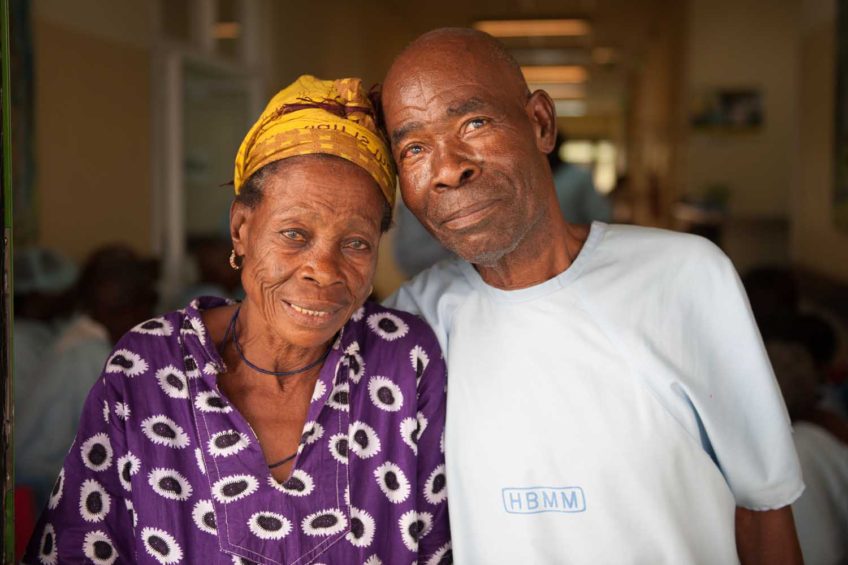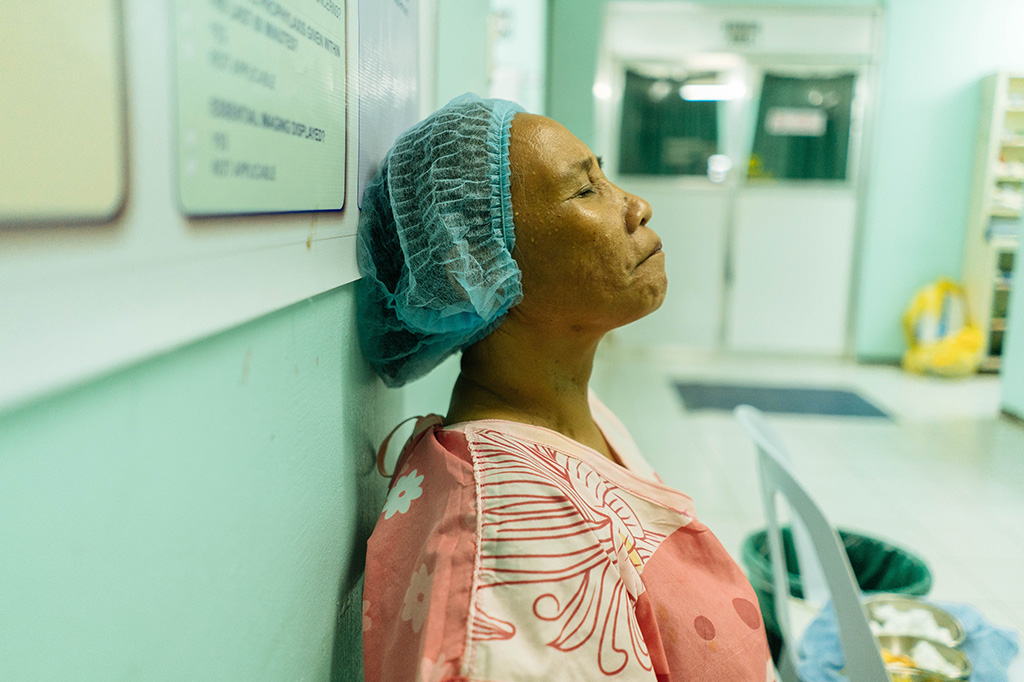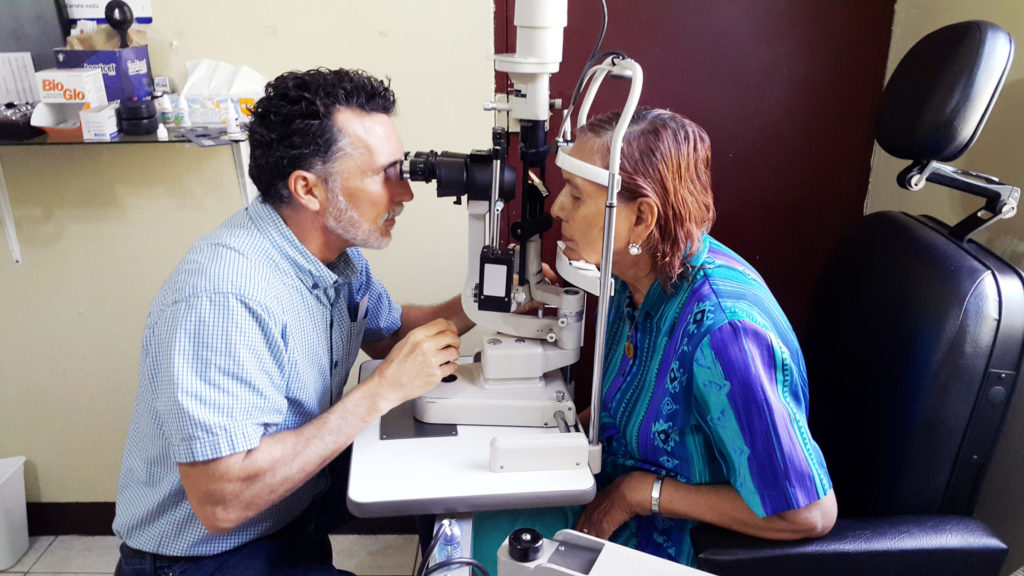Glaucoma
Each year, our volunteer surgeons provide sight-restoring surgeries to hundreds of men, women, and children who are blinded by glaucoma.
What is Glaucoma?
Glaucoma occurs when there is damage to the optic nerve, often due to pressure inside the eye. This pressure builds when the eye’s aqueous fluid cannot drain properly. Damage from the pressure causes loss of peripheral vision, and eventually, blindness.
What are symptoms of Glaucoma?
At first, glaucoma doesn’t usually have any symptoms. That’s why many people with glaucoma don’t even know they have it. Over time, you may slowly lose vision, usually starting with peripheral vision—especially the part of your vision that’s closest to your nose.
Because it happens so slowly, many people can’t tell that their vision is changing at first. As the disease gets worse, you may start to notice that you can’t see things off to the side anymore. Without treatment, glaucoma can eventually cause blindness.
(Source: National Eye Institute, 2022)

Third leading cause of blindness globally
The International Agency for the Prevention of Blindness reports that glaucoma is the third leading cause of blindness globally. It is expected that 76 million people will have the condition by 2020.
Of those affected, 11 million will be blind in both eyes. Between 2013 and 2040, the number of people with glaucoma is expected to increase by 74 percent. This is primarily due to the aging of the global population, and increased life expectancy in Asia and Africa, regions which are disproportionately affected by the disease.
(Source: Tham et al, 2014)
Your donation will save someone’s sight
Risk Factors
Glaucoma is often hereditary, and frequently occurs in individuals over the age of 60. Additionally, it disproportionately affects people of Asian and African descent, who account for 60 and 13 percent of all glaucoma cases, respectively.
Men are more likely than women to have primary open-angle glaucoma, the most common form of the disease, which is caused by pressure that damages the optic nerve.
Prevention
Ophthalmologists recommend the following strategies to reduce the risk of developing glaucoma:
- Exercise frequently and maintain a well-balanced diet
- Schedule regular eye exams to detect the condition before vision loss occurs
- Surgeries are available to decrease pressure including laser surgery
- Follow your doctor’s instructions regarding regular use of eye drops to prevent intraocular pressure build-up

Reducing the risk of Glaucoma
SEE works to prevent glaucoma around the world by:
- Screening patients and their families
- Training local eye care personnel in appropriate screening and surgical techniques
- Reducing the risk of glaucoma
SEE International & Glaucoma
Glaucoma is especially challenging to treat in regions without access to regular eye care services. Traditionally, eye doctors prescribe medicated eye drops to lower intraocular pressure and prevent further vision loss. However, patients in underserved communities rarely have access to high-quality medicated drops, due to the expense and poor compliance.
Optic nerve damage is irreversible, so effective treatment methods strive to prevent blindness, including peripheral (loss of peripheral vision) and bilateral (loss of vision in both eyes) before it occurs. SEE International partners with the Glaukos Corporation to treat the disease and train doctors across the globe in the iStent microsurgical technique. During this minimally invasive procedure, ophthalmologists use a local anesthetic to insert a shunt, called the iStent Trabecular MicroBypass. This device facilitates aqueous fluid outflow to reduce intraocular pressure without the need for eye drops.
Conditions We Treat
Get Our Email Updates
Connect With SEE
Learn More
Donate
(805) 380-7522
Mail donations to:
SEE International
PO Box 981263
W. Sacramento, CA 95798-1263
Home office address:
6500 Hollister, Suite 120
Goleta, CA 93117
Tax ID: #31-1682275



